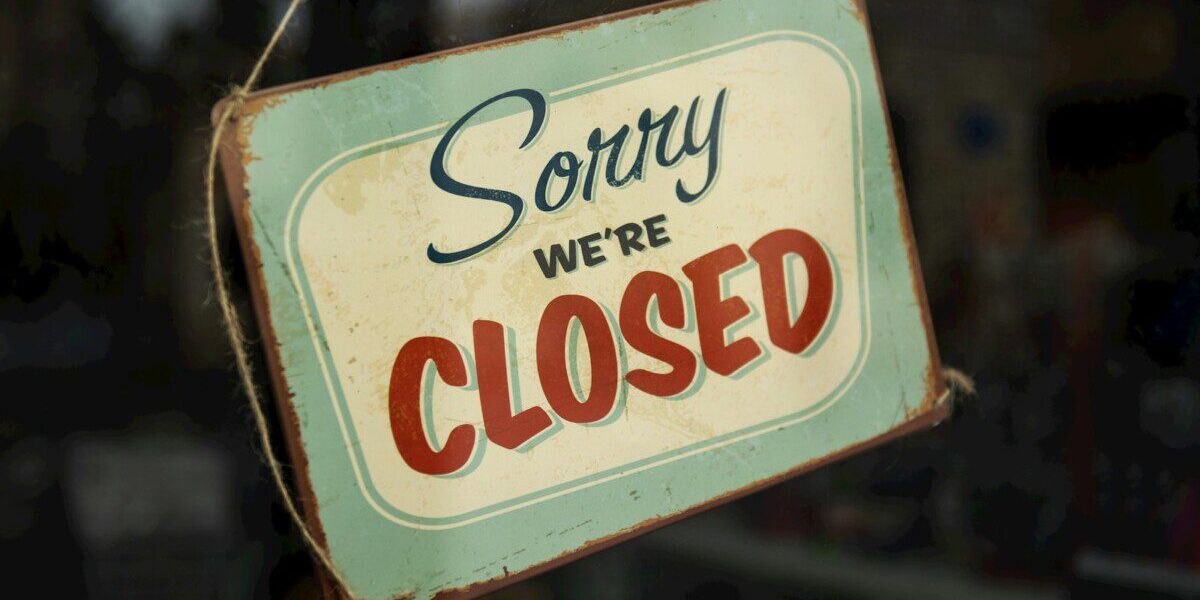Preparing for End-of-Year Client Updates and Holiday Closures

As we approach the end of the year, web design business owners must establish clear boundaries and communicate effectively with clients about holiday schedules and deadlines. The festive season is a time for celebration and a critical period for planning and executing end-of-year updates. Here’s how you can set yourself and your clients up for a smooth transition into the new year.
Start Communication Early
Communicating early is key to managing client expectations and maintaining your sanity during the holidays. Begin the conversation about holiday closures right after Labor Day. This gives your clients plenty of notice to plan around your availability and ensures that all parties are prepared for any year-end necessities.
Set a Clear Deadline for End-of-Year Work
Establishing a clear cut-off date for accepting end-of-year project requests is essential. For my business, I set this deadline in late November. This allows me enough time to complete all work before I close down for two weeks in December. Inform your clients of this deadline in your initial holiday schedule communication, and remind them as the date approaches. This will help prevent last-minute requests and ensure that all work is managed in a timely manner.
Communicate Holiday Office Closures
Be upfront about your holiday office closures. In my case, I close my business for the last two weeks of December to give myself and my team a well-deserved break. Starting in September, communicate these dates to your clients and include them in your email footers, newsletters, and any client-facing communications. This transparency helps manage client expectations and reduces the chances of miscommunication.
Encourage Clients to Plan Updates Early
Encourage your clients to plan any necessary updates or projects well in advance. If they have end-of-year changes that need to go live, make sure they understand the importance of starting early. This not only ensures that you can schedule their projects without rushing but also allows for any unforeseen delays that might occur due to the holiday rush.
Set Boundaries for Emergency Contact
While it’s important to disconnect during your holiday break, you might need to be available for emergencies. Define what constitutes an emergency and communicate this to your clients. Provide them with a way to contact you if a true emergency arises, but make it clear that non-urgent requests must wait until after your holiday closure.
Automate What You Can
Use automation to your advantage. Set up autoresponders for your email to inform senders of your availability. Automate as many routine tasks as possible so your business can run smoothly while you’re away. This might include scheduling social media posts, setting up website backups, or automating billing and invoicing.
Suggest Clients Take Time Off Too
Encourage your clients to take their own breaks. Highlight the benefits of stepping away from the business for a bit—not only for their mental health but also for giving their website and digital presence a fresh start in the new year. Sometimes, clients need reminders to take breaks, too.
Remind Clients of Your January Availability
As you remind clients of your closure, remind them of your availability when you return. If you have a busy January, let them know so they can schedule their early-year updates accordingly. This helps manage expectations and ensures that your return to work is as organized and productive as possible.
Setting boundaries and communicating clearly is key to enjoying a stress-free holiday season as a web designer. By starting the conversation early, setting clear deadlines, and effectively automating certain aspects of your business, you can ensure a smooth year-end for you and your clients. Remember, taking at least a full week off during the holidays is beneficial for you and necessary for maintaining your enthusiasm and creativity into the new year.
